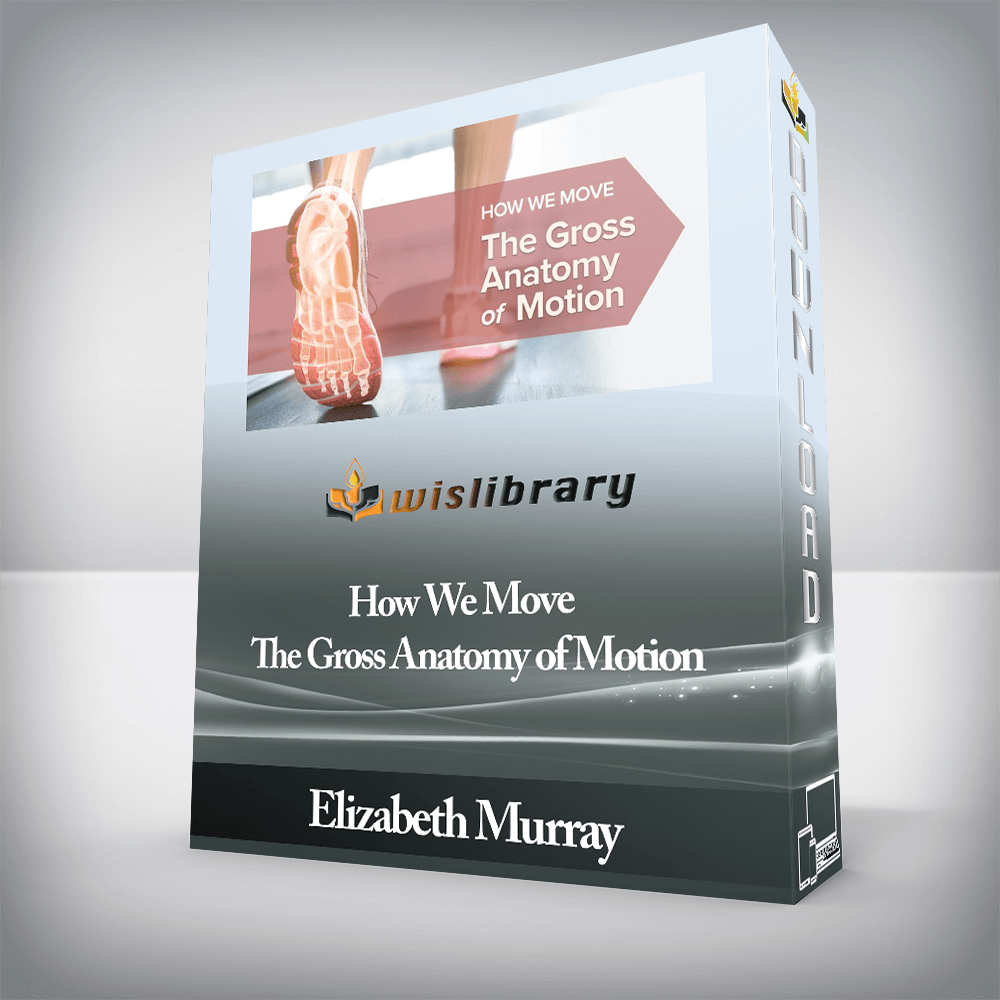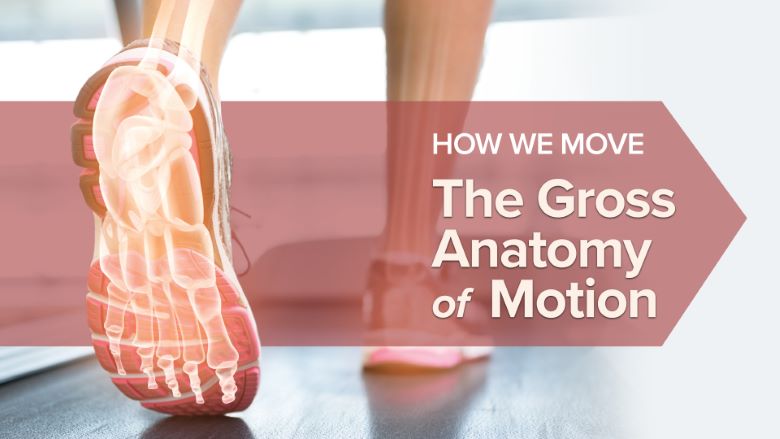


With nearly 30 years in the field, I guess I was ‘forensic’ before it was cool! I find forensic science to be a fascinating subject that incorporates law, ethics, psychology, history, and technology, as it aids our global community.
Institution: Mount St. Joseph University
Alma mater: University of Cincinnati
Our bodies are absolutely amazing. Day after day, year after year, our bodies support and move us in incalculable ways. With seemingly little conscious effort on our part, our bodies allow us to walk, run, sit, stand—to move through the world. And yet, our bodies are also prone to devastating injuries, and they are susceptible to the degeneration that can accompany aging and disease. This complex system of bones, muscles, tendons, and other vital parts is deeply fascinating and incredibly varied from person to person. Having a deeper understanding of the structure and abilities of the body can give you insight into an intriguing subject of medical study. It also provides you with a guide for caring for your well-being and for dealing with potential issues of health and mobility.
In How We Move: The Gross Anatomy of Motion, you’ll look inside the human body as never before, discovering your gross anatomy, the parts of the body that can be seen with the unaided eye—your macroscopic body. In this course, you will view graphics, photos, videos, and the digital autopsy table called “Anatomage,” to help your understanding of the topics covered. Professor Elizabeth A. Murray, of Mount St. Joseph University, will take you on a journey through the major regions of the body in all their complex grandeur. It’s safe to say that you’ve never seen anything like it! In 24 fascinating lectures, Dr. Murray shares her passion for the form and function of the human body—a passion that becomes contagious.
A cautionary note: As you may know, medical and anatomical study can be rather graphic in nature. With that in mind, the Anatomage software used in several “Digital Cadaver” lectures employs digital images that are based on real-life cadavers. Viewer discretion is advised for younger viewers and those who may be uncomfortable with these highly realistic anatomical learning tools.
The Vocabulary of Anatomy
As with any field of study, anatomy has its own specific terminology. With a quick overview of the roots of anatomical terminology and some directional terms to get you started, Dr. Murray will take you through many of the bones, muscles, and nerves of the human body, one region at a time. This isn’t about memorization—not only is that not necessary, but, as she explains the logic behind the names, the vocabulary will begin to flow naturally and become easier to understand. For example, consider the extensor digitorum, the muscle that extends the wrist and fingers, or the levator scapulae that elevates the shoulder. As you will see, once you have an understanding of how these words connect with the various parts of the body and how they function, these intimidating terms will feel not only logical, but maybe even familiar.
In addition to the numerous functional names, you’ll learn about some of the more unusual nomenclature and its origins, including:
You Have How Many Bones?
Although you’re aware that you have bones, chances are you don’t know precisely how many you have. No problem. If you needed to know, you could look it up in a variety of resources, right? The fascinating answer is “maybe not.” As you’ll learn, human anatomy has a tremendous amount of variability. In fact, for any given anatomical feature, it’s estimated that only 70% of individuals have the by-the-book pattern or structure. This doesn’t mean 30% of humans are “abnormal”—actually, it means that wide variation in human anatomy is completely normal. Dr. Murray still finds unusual anatomical features when teaching gross anatomy, even after 30 years in the field.
In this course, you will learn about several of the most common anatomical variations, including:
What Went Wrong?
The study of anatomy can’t help but inspire a sense of wonder as we consider the human body in all its complexities. But on the flip side, the more we learn about the body, the more we realize how many opportunities there are for injury or disease. In How We Move: The Gross Anatomy of Motion, Dr. Murray puts you in the position of medical sleuth by beginning most of the lectures with a clinical scenario requiring a diagnosis. After learning about the muscles, bones, and nerves of that particular body region, you’ll get the chance to assess some of the problems presented, such as:
While this course will help you assess patients like these and others, the much more important benefit is what you will learn about yourself. Not only will you develop a deeper understanding of your own body, but you’ll also be better equipped to avoid injury and to take good care of your amazing and marvelous anatomy.
1The Essential Language of Anatomy
2Bones as the Body’s Framework of Movement
3Joints: Structure Determines Function
4The Terminology of Movement Patterns
5Muscles as Systems for Motion and Support
6The Role of the Nervous System in Movement
7The Spine: Fundamentals of the Body’s Axis
8The Skeleton of the Head and Torso
9The Many Muscles of the Head and Neck
10Back Muscles: Layering and Movements
11Torso Muscles: Thoracic, Abdominal, and Pelvic
12Digital Cadaver Lesson: Head, Neck, and Torso
13The Brachial Plexus of the Upper Limb
14The Shoulder: Mobility versus Stability
15Shoulder to Elbow: The Anatomical Arm
16The Complexity of the Forearm and Wrist
17The Hand and How It Works
18Digital Cadaver Lesson: The Upper Limb
19Nerve Plexuses of the Lower Limb
20The Multiplex Pelvis and Its Hip Joint
21The Thigh: Our Largest Bone and Its Muscles
22Knee to Ankle: The Anatomical Leg
23The Features of Our Complicated Feet
24Digital Cadaver Lesson: The Lower Limb
There are no reviews yet.
You must be <a href="https://wislibrary.net/my-account/">logged in</a> to post a review.